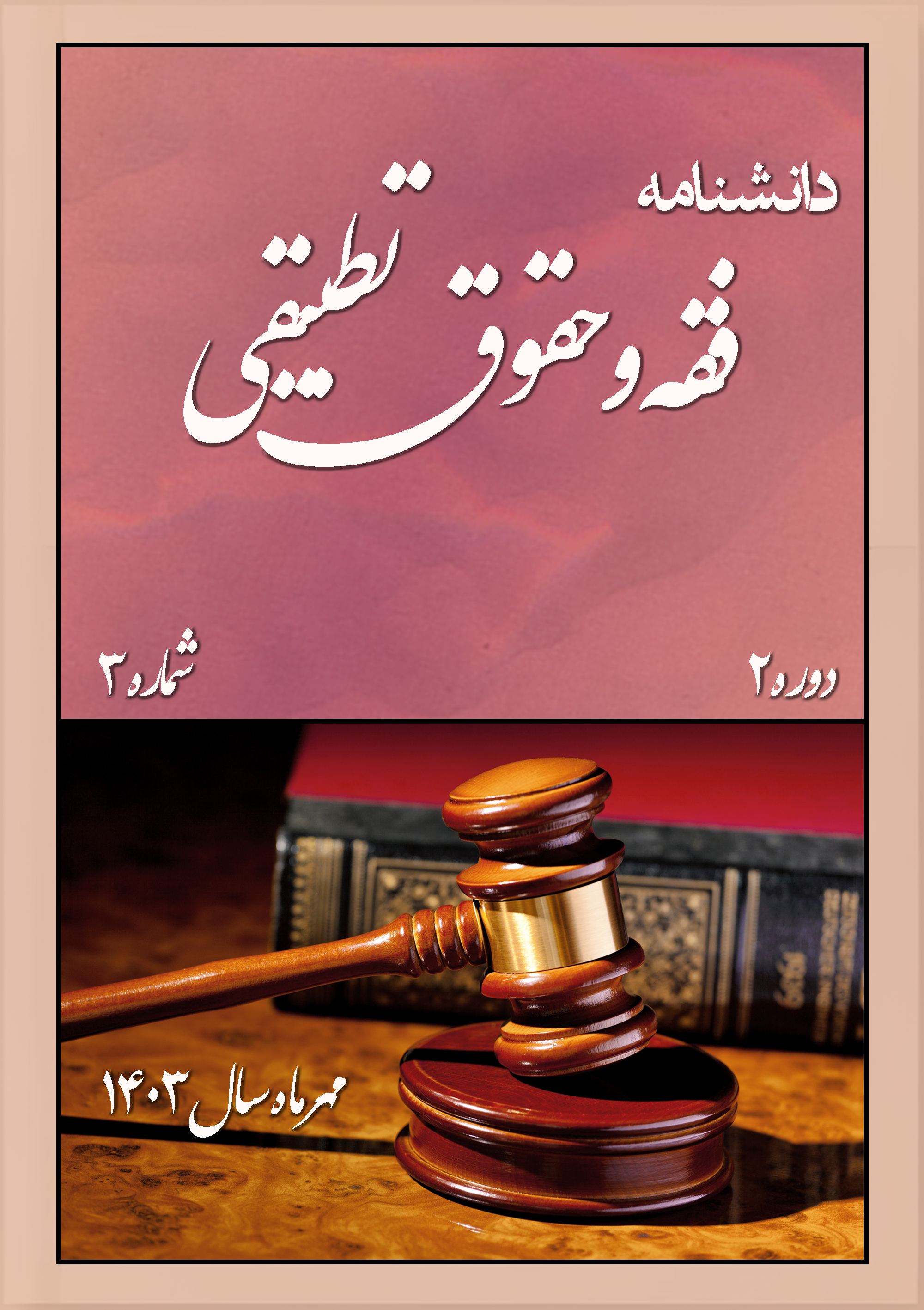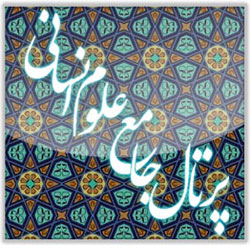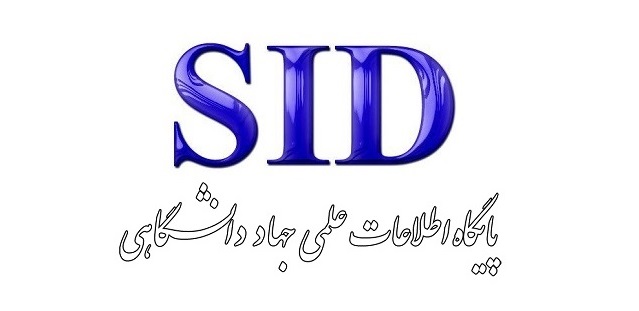The Impact of Psycho-Social Interventions and Social Emergency Support and the Reform and Training Center in Crime Prevention for Delinquent and Victimized Children in the New Criminal Procedure Code
Keywords:
Psychological interventions, Social, Social emergency, Correctional and reeducation center, Delinquent and traumatized children in the criminal justice systemAbstract
Children and adolescents are considered the most important asset and human resources of any society. Childhood, as the period of personality formation, is of particular significance, especially in Iranian society, which has a young population. Social workers, utilizing the teachings of psychology, sociology, and other disciplines, as well as adhering to professional principles such as acceptance and individuality, aim to assist the criminal justice system. Through the methods they employ in understanding individuals, they can offer effective support in providing responses tailored to the personal, familial, and social conditions of children. Additionally, by overseeing the enforcement of sentences, they can accompany the child until the completion of rehabilitation and reintegration. Unfortunately, in Iran, due to the lack of a juvenile justice system on one hand and the absence of systematic social work services within the criminal justice system on the other hand, social workers currently do not offer cohesive services to delinquent and victimized children within the criminal system. However, the legal gap in this area has created the opportunity for drafting the "Bill for the Protection of Children and Adolescents" and the bill addressing crimes against children and adolescents. In these drafts, the presence of social workers and their interaction with judicial authorities in various stages of the criminal process, such as the police stage, investigation, prosecution, and enforcement of sentences, has been recognized in several articles. Therefore, despite international emphasis on supporting children and employing differential proceedings for them at various stages of the criminal process, we have yet to witness the formation of such a system in Iranian law that aligns with international standards. Consequently, this paper examines the impact of social emergency psycho-social interventions and the Reform and Training Center on crime prevention and the support of delinquent and victimized children within the Iranian criminal justice system, in accordance with the new Criminal Procedure Code. The findings indicate that if the educational and cultural programs of the Reform and Training Center are implemented with a developmental and educational approach, they will contribute to the correction, rehabilitation, training, and personality reconstruction of the delinquent child.
Downloads
References
Bagheri, N. (2018). Iran's Criminal Policy on Sexual Abuse: Counteraction and Prevention. Scientific-Legal Quarterly of Qanoon Yar, 6, 420.
Barati, A. (2017). The Role of the Welfare Organization in Preventing Child Abuse in Alborz Province. Quarterly Journal of Alborz Police Knowledge, 16, 21.
Carillo, R. (2002). Early Psycho-Social Intervention in Preventing Criminal Behavior. Legal Research Journal(35-36), 267-295.
Farjad, M. H. (1984). Social Pathology and Sociology of Deviations. Badr Publishing.
Hosseinzadeh, A., & Mirzaei Aghaei, H. (2012). Risk Factors and Protective Factors in Juvenile Delinquency. Monthly Journal of Correction and Rehabilitation(138), 16-20.
Javan Jafari Bojnourdi, A., & Ghatlouei Torghei, S. l. (2024). The Role of Social Workers in the Juvenile Justice System for Victimized Children and Adolescents. Defender Lawyer Journal(15), 92-93.
Kashfi, S. S., & Asanlou, A. (2011). The Role of Social Workers in Preventing Juvenile Delinquency. Women's Police Studies(14), 61-77.
Khosroshahi, G. (2011). Crime Prevention in Quranic Teachings. Journal of Strategic Management Research(30 & 31), 55-73ER -.
Mahdavi, M. (2011). Crime Prevention (Developmental Prevention).
Mansouri, M. (2007). Collection of Welfare Laws and Regulations. Tehran: National Welfare Organization.
Mir Kamali, S. A., & Hosseini, A. (2015). Correctional and Rehabilitation Centers from the Perspective of Developmental Prevention.
Mir Mohammad Sadeghi, H. (2003). Crime Prevention. Quarterly Journal of Social Security Studies, Pre-Issue 2.
Mousavi Chelak, H. (2009). Statistical Analysis of Social Issues in Iran (Volume 2: Violence and Theft). Tehran: Chelak Publishing.
Na'mati Rezaei, D. (2006). Causes of Juvenile Delinquency. Correction and Rehabilitation Journal(53), 7.
Najafi Abrandabadi, A. H. (2011). Fair Crime Prevention. SAMT Publishing.
Niazpour, A. H. (2012). Criminological Duties of the Judiciary Under the Fifth Economic, Social, and Cultural Development Plan. Judiciary Legal Journal(80), 195-220.
Sabouri-Pour, M., & Hagbin, F. e. (2023). Innovations and Challenges of the Child and Adolescent Protection Act in Preventing Child Abuse. Journal of Nations Research, 22(53), 507-538ER -.
Shariat, H. (2004). Alternative Punishments for Juvenile Offenders and Their Comparison with International Documents. Faculty of Law, University of Tehran].
Sharif Zari, Z. (2008). Protection of Victimized Children in the Criminal Justice Process of Iran and England. Faculty of Law, Shahid Beheshti University].
Torkashvand, F. (2013). Examining the Prevalence of Child Abuse and Some Demographic Factors Affecting It Among Third-Year Middle School Students in Zanjan. Journal of Rafsanjan Medical Sciences, 12, 448.










